Business in Grenada. Grenadian Economy

Grenadian Foreign Trade, Business in St. George's (Grenada)
- Introduction to Grenada (the Island of Spice)
- Business in St. George's
- Grenadian Economy
- Grenadian Foreign Trade
- Business Opportunities in Grenada
- Access to the Grenadian market
- Business Plan for Grenada
The objectives of the subject «Doing Business in Grenada» are the following:
- To analyze the economy and Grenadian Foreign Trade
- To explore the Business Opportunities in Grenada
- To analyze the trade relations of Grenada with the country of the student
- To know the Trade Agreements of Grenada
- To develop a business plan for the Grenadian market

The Subject «Foreign Trade and Business in Grenada» belongs to the following Online Programs taught by EENI Global Business School:
Masters: International Business, Foreign Trade.
Doctorate: American Business, World Trade.

Languages  (
( Granada
Granada
 Granada
Granada  Grenada).
Grenada).
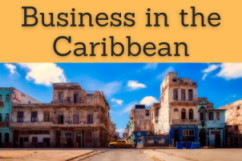
Masters adapted for Caribbean students.
International Trade and Business in Grenada:
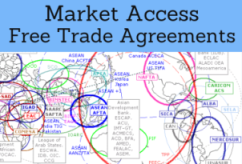
Preferential Access and Trade Agreements of Grenada:
- Grenada and the Caribbean Economic Area
- Association of Caribbean States
- CARICOM
- CARIFORUM-EU Agreement
- Colombia-CARICOM Agreement (Grenada)
- CARICOM-Dominican Republic Agreement
- Costa Rica-CARICOM Agreement (Grenada)
- Caribbean Basin Initiative
- The U.S.-Caribbean Basin Trade Partnership Act
- Latin American and Caribbean Economic System
- Caribbean-Canada Trade Agreement
- UK-CARIFORUM Free Trade and Economic Integration Agreement

- WTO
- GATS
- Agreement on Sanitary Measures
- Agreement on Technical Barriers to Trade
- Agreement on Preshipment Inspection
- Agreement on Safeguards
- Trade Facilitation Agreement
- BIC (Containers)
- Chicago Convention (ICAO)
- International Maritime Organization
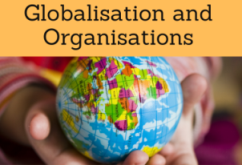
American Trade and Economic Organizations. Grenada is a member of...
- CELAC
- OAS
- ECLAC
- Inter-American Development Bank
Global Organizations:
- Commonwealth
- UN
- WB
- WTO
- IMF
- ...
- Grenadian Capital: St. George's
- Largest cities: St. George's, Grenville and Gouyave
- Parishes: Saint Patrick, Saint Andrew, Saint David, St. George's, Saint John and Saint Mark
- Smaller Grenadians: Carriacou, Petite Martinique, Ronde Island, Caille Island, Diamond Island, Large Island, Saline Island, and Frigate Island
- Carriacou Islands (Hillsborough) and Petite Martinique belong to Grenada
- Grenada does not share land borders with any country
- Nearest countries to Grenada by sea: Saint Vincent and the Grenadines, Trinidad and Tobago and Venezuela
- Area of Grenada: 344 km²
- Population of Grenada: 110,000 inhabitants;
- Grenadian Population density: 260 inhabitants / km²
- 80% of the population has an African origin
- Official language of Grenada: English (Grenadian Creole)
- French Creole is also used
- Abolition of Slavery in Grenada: 1834
- Climate of Grenada: tropical
- 1498: discovery by the Spanish (Conception)
- 1650-1762: French colonization
- 1762: British colonization
- 1983: Invasion by the U.S.
- Type of government: Constitutional monarchy (Queen Elizabeth II, Commonwealth)
- Grenada became independent from the UK in 1967
Main religion in Grenada: Christianity - Catholicism (53% of the Grenadian population).
Grenada belongs to the Caribbean Economic Area.
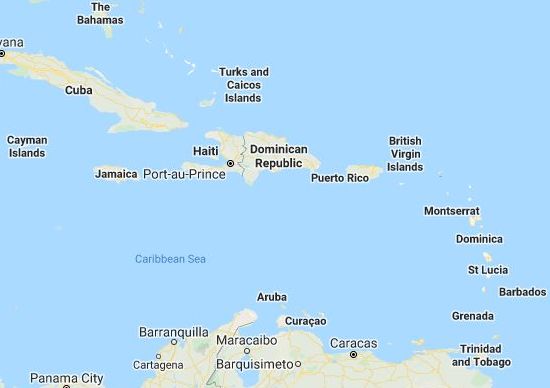

Grenadian Economy.
- 1980: socialist system
- An open, small and tourism-based Economy (main currency generator)
- Serious external debt problems
- GDP Grenadian (PPP): 1,701 million dollars
- GDP per capita of Grenada (PPP): 15,352 Dollars
- The main crops of Grenada (the island of spices) are: nutmeg, mace, cloves, ginger, cinnamon, cocoa, citrus, bananas
- Grenada is the world's second largest nutmeg producer after Indonesia
- Small production of beverages, food and textiles
- Grenadian Currency: East Caribbean dollar (XCD)
- Country code top-level domain of Grenada: .gd
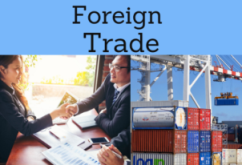
Grenadian Foreign Trade
- Main Exports of Grenada: nutmeg, electronic component assembly, bananas, cocoa, fruits and vegetables, clothing
- Main export markets of Grenada: Nigeria, Saint Lucia, Antigua and Barbuda, Saint Kitts and Nevis, Dominica, the U.S.
- Main imports of Grenada: food, manufactured products, machinery, chemicals, and fuels
- Largest providers of Grenada: Trinidad and Tobago, the U.S., Israel, the EU
- Main port: St. George's
- Maurice Bishop International Airport
(c) EENI Global Business School (1995-2024)
We do not use cookies
Top of this page


